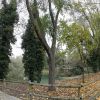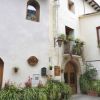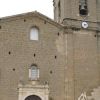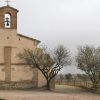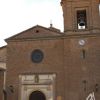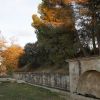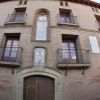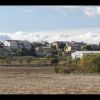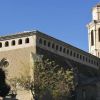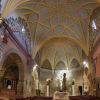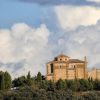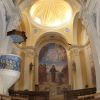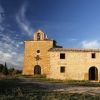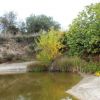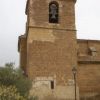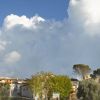PUEBLOS
Pozán de Vero
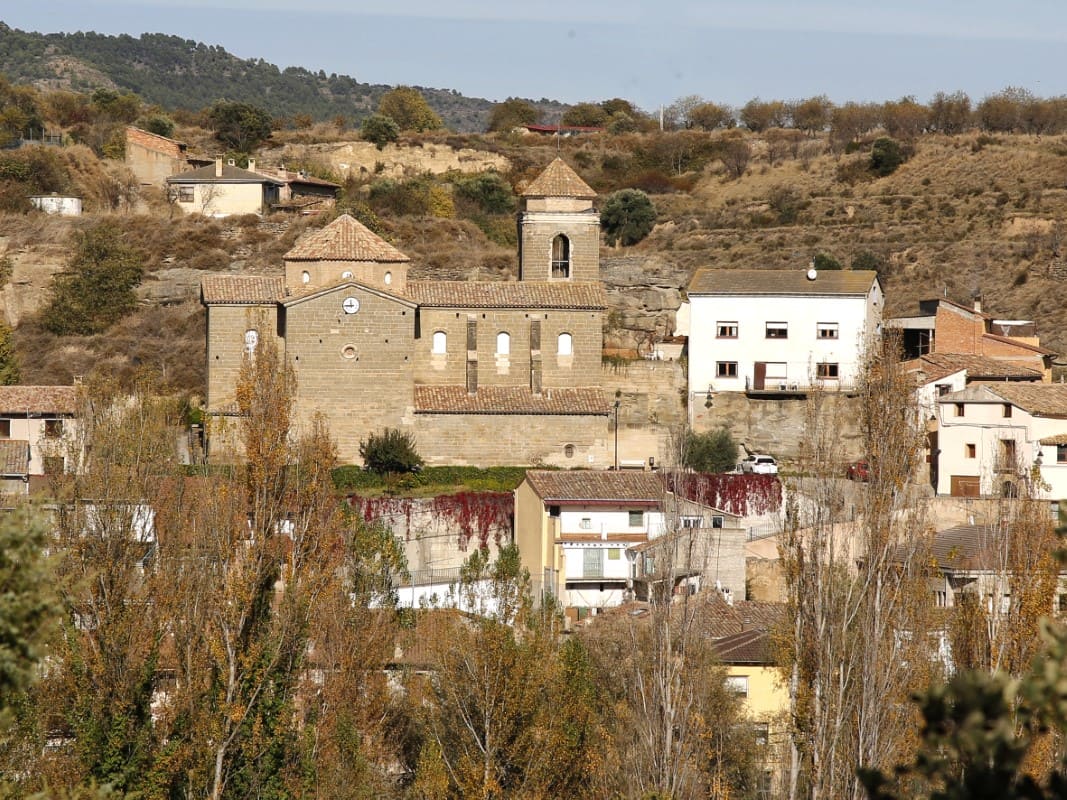
Pozán de Vero rests on a gentle slope on the left hand bank of the river. Centennial irrigation channels, waterfalls and beautiful stretches of clear water appear between poplars to make up a unique riverbank landscape. This environment is a paradise for the Kingfisher, the European Bee-eater, the Grey Heron and of course, ducks. There is also life beneath the water in the form of the Common Barbel, the South European Nase and the Freshwater Blenny. Moving away from the riverbanks, the undulating hills of the area are covered with vast expanses of vineyards within the boundaries of the D.O. Somontano.
In addition to a journey through nature, the River Vero also offers a journey through culture and history. Discover distant echoes of Islam, the knowhow of ancient builders and the magic of ancestral traditions rooted deep in the souls of the people of the Somontano region.
A stroll through the streets of Pozán del Vero reveals a number of beautiful houses such as Casa Calasanz and Casa Lasierra, constructed from the 16th century onwards from stone, brick and rammed earth. Some retain beautiful doorways with geometric decoration dating from the 18th century. Others hide magnificent cellars with impressive stone arches in their depths. Aristocratic coats of arms proudly proclaim the noble character of the inhabitants.
Today the population continues to grow with a network of services that guarantee its future; a health centre, chemist, bar, tourist accommodation, antique restoration workshop and traditional agri-food companies. It also has a library, tele-centre and a range of modern sports facilities.
Approximately one hour’s stroll along an ancient track leads to the San Macario chapel, which boasts a delightful panoramic vista over the middle valley of the River Vero, the Salinas mountain range and vast expanses of vineyards. Its beautiful 18th century doorway is decorated with stars and other motifs with an astral significance and the radial layout of the voussoirs reinforces this symbolism. Each year on the 2nd January the villagers walk to this chapel to celebrate the feast day of their patron saint and to mark the start of their local fiestas.
The Senda de los Azudes (Foothpath of the Dams), a route that takes around 2 hours, winds between vegetable gardens and riverbank thickets, and joins the Salto de Pozán (waterfall) with the Azud de Arriba (a dam).
The nearby aqueduct, which was constructed between 1962 and 1970, carries water from the mighty River Cinca to the southern plains of Somontano and Los Monegros.
A medieval bridge spans the River Vero to unite Pozán de Vero with the neighbouring villages of Peraltilla and Azara.
Barbuñales
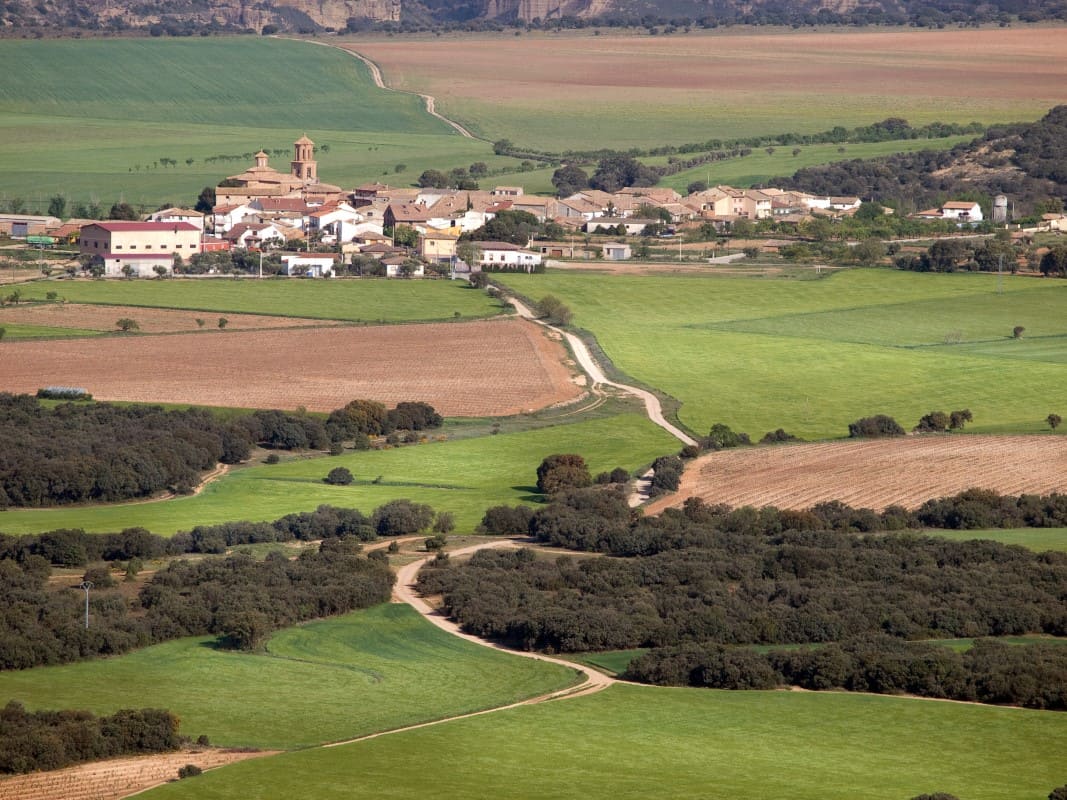
Barbuñales, to the south of the Somontano, is known for being the natal locality of the naturalist of the 18th century Felix de Azara. The parochial church is dedicated to The St Lawrence and it was constructed in the 17th century.
To the suburbs of the people there is the Source of the Causeways, which construction was entrusted in 1571 by the Council.
From the fountain it is possible to take a stroll along the Lizana Footpath, which winds between cultivated fields and snakes through one of the most extensive holm oak forests in Aragon.
A number of vulnerable species of birds of prey, some in danger of extinction such as the Egyptian Vulture and Golden Eagle, have found refuge on the inaccessible ledges of the cliffs that border the River Alcanadre. Here, differential erosion, which wears away softer material before harder surfaces, has given rise to unusual rock formations such as the so-called “Señoritas de Lizana”.
In Barbuñales, since in many other peoples of the Somontano bonfires are ignited to commemorate San Fabián's festivity and San Sebastian, on January 20. His major holidays are from August 10 to August 14, for The St Lawrence.
Ponzano
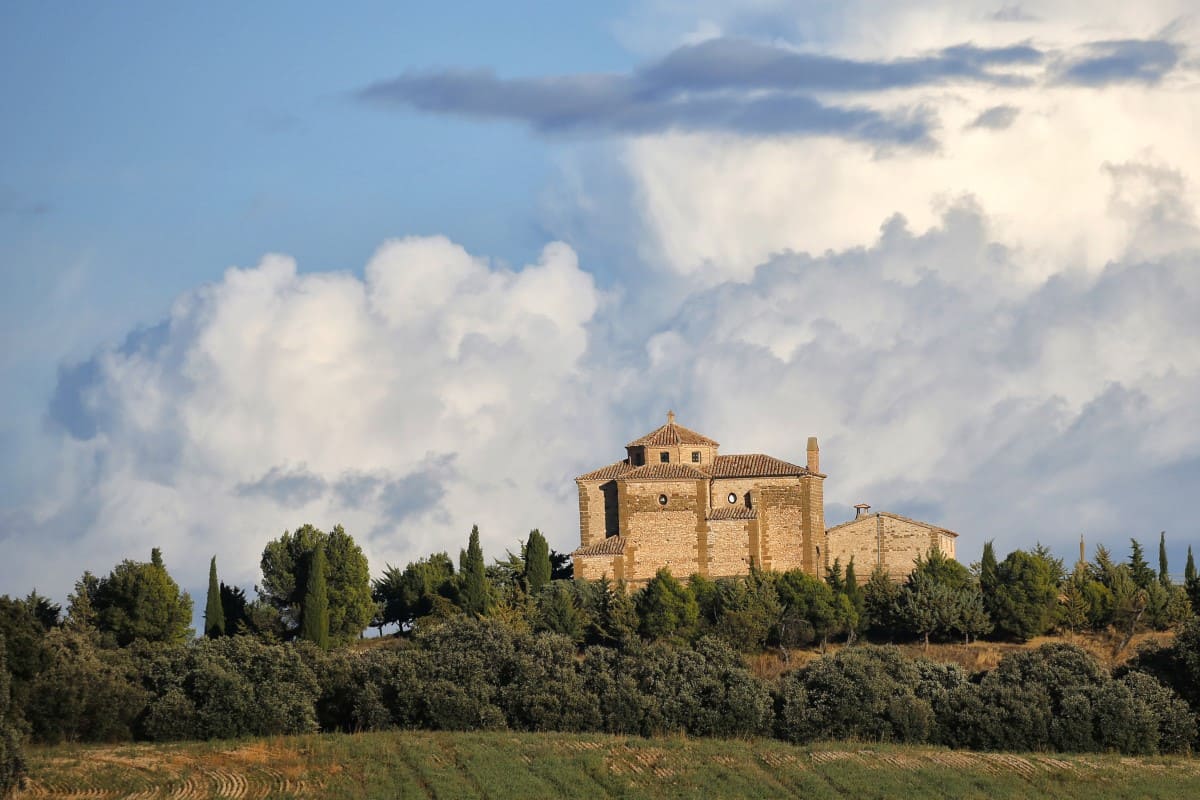
The municipality of Lascellas-Ponzano welcomes visitors to Somontano as they cross into the territory over the huge ravine carved by the power of the River Alcanadre.
The course of the river in this area is boxed in by the cliffs of the canyon, making it impossible to access its waters for irrigation. Because of this the inhabitants have traditionally cultivated crops that do not need irrigation such as cereals and, more recently, vines.
However, man’s difficulty in reaching the water has favoured the presence of birds of prey, many in danger of extinction, such as the Egyptian Vulture, the Golden Eagle and the Eagle Owl; jewels of nature that fly undisturbed in the skies of Somontano.
The urban centre is concentrated around a square, which has many good examples of popular architecture such as arched doorways and attractive facades with coats of arms.
The mass of the 16th century parish church of Santa María la Mayor stands out in the centre of the village. Two Basque stone masons who had worked on several other churches in Somontano were commissioned for its construction by the municipal council in 1572. The builders were paid for over 5 years’ work, and in addition many villagers contributed to the construction with simple tasks carried out in their time away from the fields.
The church is an excellent example of 16th century architecture in general (Renaissance doorway, Gothic rib vaults) and of Somontano in particular. The mouldings follow the style of the tower in Pertusa, the interior plasterwork is similar to that in Barbastro cathedral, the door imitates the model of the church in Lascellas and the small turrets on the bell tower (from where the storms were “conjured away”) are replicas of the tower in Castejón del Puente.
There is a spring well on the outskirts of the village as well as a chapel dedicated to San Ramón.
The wine producing tradition of this area has endured in the shape of Bodega Osca. Its facilities combine modern production methods with historic buildings, such as underground cellars dating back to the 16th century, where high quality wines are left to rest and mature.
Burceat
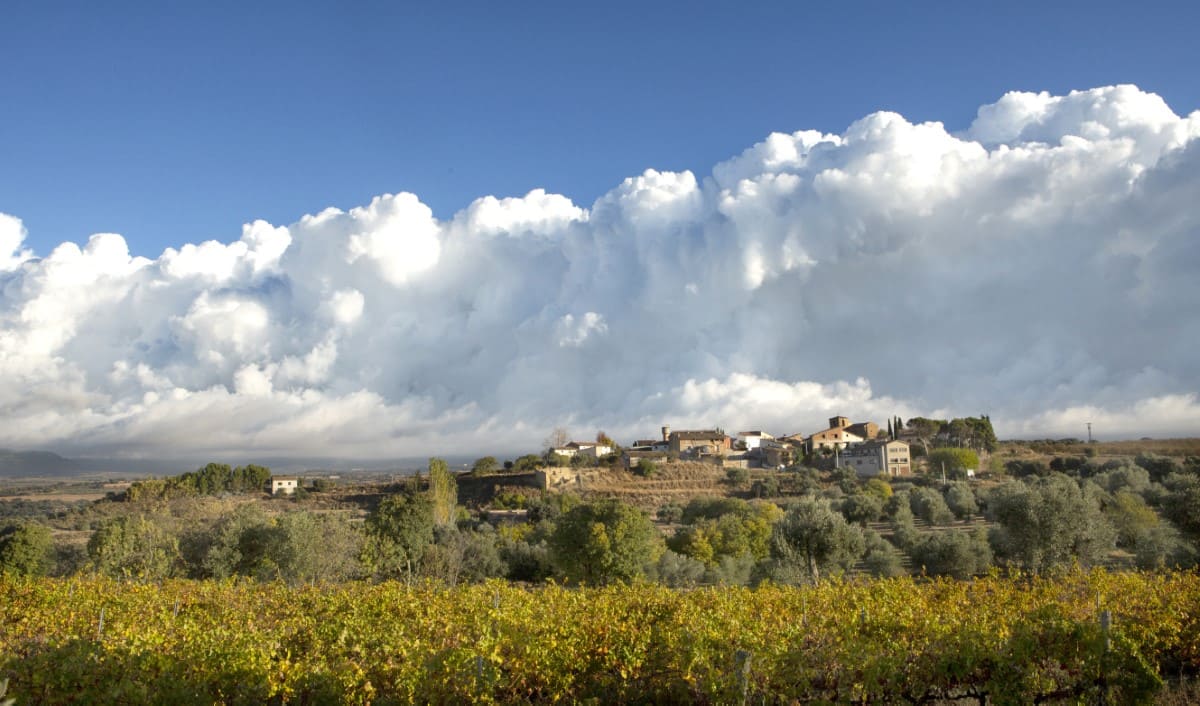
The village of Burceat belongs to the municipality of Barbastro, and is located 5 km from the capital city. It is reached along a pretty road that winds between vineyards, fields of cereal and almond groves scattered with centennial olive trees. The village still boasts beautiful examples of traditional houses with elegant arched doorways and stone wine cellars. At the entrance to the village there is a small pond, a fountain and the parish church.





